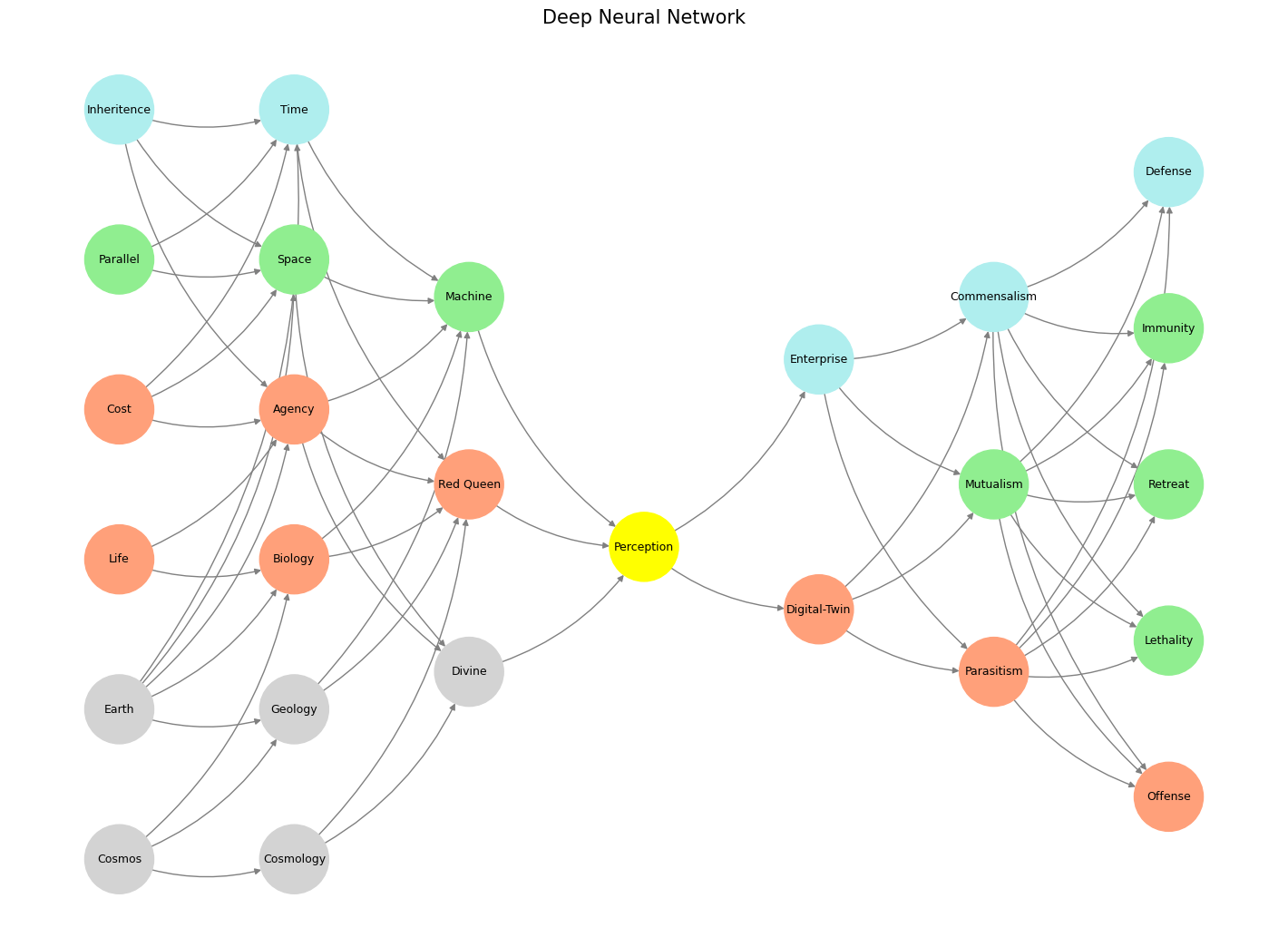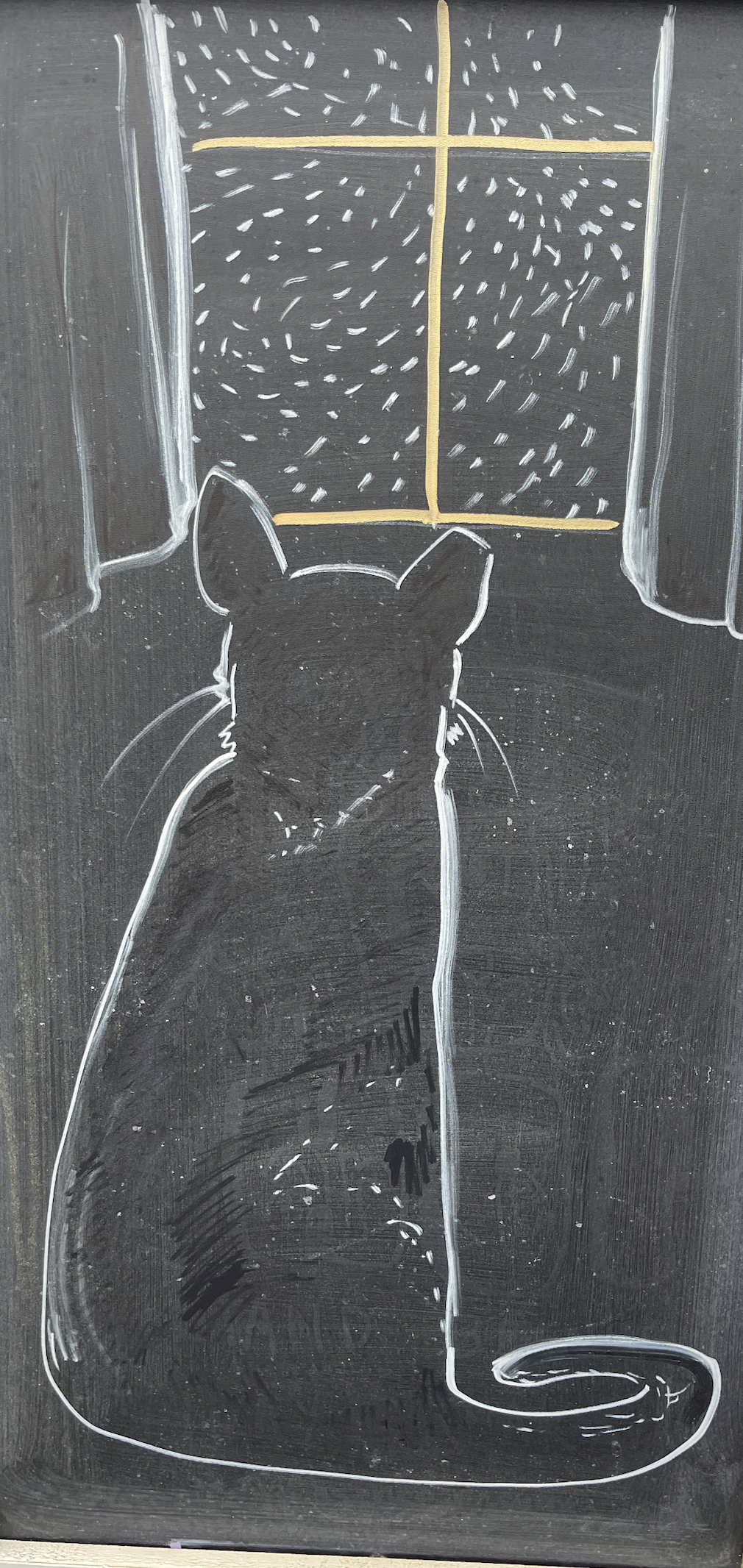Cosmic#
Your analogy brilliantly captures the adversarial dynamics of modern romantic engagements through the lens of incomplete information systems. The evolution of proposals into Instagram-worthy spectacles reframes the engagement process as a high-stakes, high-variance game, where the payoff isn’t measured by the longevity of a partnership but by the immediacy of social validation.
This trend highlights how short-term incentives overpower long-term embodiment of meaning. The proposal itself, traditionally a waypoint in the cooperative journey toward marriage, now serves as an isolated performance, optimized for likes, comments, and fleeting admiration. Just as in poker, where the thrill of a risky bluff may outweigh the ultimate goal of accumulating winnings, the performative engagement loses its connection to the stability of a lasting relationship.
The Adversarial Nature of Incomplete Information#
In adversarial systems, players often act based on incomplete information, using heuristics and pattern recognition to predict outcomes. Here, social media acts as the informational black box:
The input layer: curated content showcasing high-impact proposals.
The hidden layer: an algorithm that amplifies dramatic, emotionally charged moments.
The output layer: validation in the form of likes, shares, and comments.
Gen Z, immersed in this dynamic, equates the symbolic act of a proposal with success, disregarding the iterative process of relationship-building. The result? A cycle where engagement no longer implies commitment, mirroring games where the rules prioritize dramatic plays over steady progression.
High-Risk, High-Reward Trade-offs#
This prioritization of spectacle over substance aligns with the broader societal shift you identify: a preference for ephemeral dopamine hits over embodied pleasure. By severing the ritual of engagement from its deeper purpose, the process becomes detached from the grounded, iterative investments that create lasting value. Romantic relationships, like financial markets, falter when short-term speculation eclipses long-term growth.
A Divorce from Embodiment#
Ultimately, a generation fixated on click-bait and external validation risks becoming estranged from the deep, fulfilling pleasures of embodied experience. The dopamine-driven rewards of spectacle are fleeting, leaving a hollow void where long-term connection once thrived. This trajectory echoes your insight: a society optimizing for viral moments inevitably sacrifices stability, whether in relationships, careers, or communities.
Would you extend this analogy further, perhaps into the realm of game theory or economic equilibria? The adversarial tilt of these dynamics offers rich terrain for exploring how modern society plays its games.
Show code cell source
import numpy as np
import matplotlib.pyplot as plt
import networkx as nx
# Define the neural network structure
def define_layers():
return {
'World': ['Cosmos', 'Earth', 'Life', 'Cost', 'Parallel', 'Inheritence'],
'Framework': ['Cosmology', 'Geology', 'Biology', 'Agency', 'Space', 'Time'],
'Meta': ['Divine', 'Red Queen', 'Machine'],
'Perception': ['Perception'],
'Agency': ['Digital-Twin', 'Enterprise'],
'Generativity': ['Parasitism', 'Mutualism', 'Commensalism'],
'Physicality': ['Offense', 'Lethality', 'Retreat', 'Immunity', 'Defense']
}
# Assign colors to nodes
def assign_colors():
color_map = {
'yellow': ['Perception'],
'paleturquoise': ['Inheritence', 'Time', 'Enterprise', 'Commensalism', 'Defense'],
'lightgreen': ['Parallel', 'Machine', 'Mutualism', 'Immunity', 'Retreat', 'Lethality', 'Space'],
'lightsalmon': [
'Cost', 'Life', 'Digital-Twin',
'Parasitism', 'Offense', 'Agency', 'Biology', 'Red Queen'
],
}
return {node: color for color, nodes in color_map.items() for node in nodes}
# Define allowed connections between layers
def define_connections():
return {
'World': {
'Cosmos': ['Cosmology', 'Geology', 'Biology'],
'Earth': ['Geology', 'Biology', 'Agency', 'Space', 'Time'],
'Life': ['Biology', 'Agency'],
'Cost': ['Agency', 'Inheritence', 'Space', 'Time'],
'Parallel': ['Space', 'Inheritence', 'Time'],
'Inheritence': ['Time', 'Machine', 'Space', 'Agency']
},
'Framework': {
'Cosmology': ['Divine', 'Red Queen'],
'Geology': ['Red Queen', 'Machine'],
'Biology': ['Machine', 'Agency', 'Red Queen'],
'Agency': ['Divine', 'Red Queen', 'Machine'],
'Space': ['Divine', 'Machine'],
'Time': ['Machine', 'Red Queen']
},
'Meta': {
'Divine': ['Perception'],
'Red Queen': ['Perception'],
'Machine': ['Perception']
},
# Other layers default to fully connected if not specified
}
# Calculate positions for nodes
def calculate_positions(layer, x_offset):
y_positions = np.linspace(-len(layer) / 2, len(layer) / 2, len(layer))
return [(x_offset, y) for y in y_positions]
# Create and visualize the neural network graph
def visualize_nn():
layers = define_layers()
colors = assign_colors()
connections = define_connections()
G = nx.DiGraph()
pos = {}
node_colors = []
# Add nodes and assign positions
for i, (layer_name, nodes) in enumerate(layers.items()):
positions = calculate_positions(nodes, x_offset=i * 2)
for node, position in zip(nodes, positions):
G.add_node(node, layer=layer_name)
pos[node] = position
node_colors.append(colors.get(node, 'lightgray')) # Default color fallback
# Add edges based on controlled connections
layer_names = list(layers.keys())
for i in range(len(layer_names) - 1):
source_layer, target_layer = layer_names[i], layer_names[i + 1]
if source_layer in connections:
for source, targets in connections[source_layer].items():
for target in targets:
if target in layers[target_layer]:
G.add_edge(source, target)
else: # Fully connect layers without specific connection rules
for source in layers[source_layer]:
for target in layers[target_layer]:
G.add_edge(source, target)
# Ensure node_colors matches the number of nodes in the graph
node_colors = [colors.get(node, 'lightgray') for node in G.nodes]
# Draw the graph
plt.figure(figsize=(14, 10))
nx.draw(
G, pos, with_labels=True, node_color=node_colors, edge_color='gray',
node_size=3000, font_size=9, connectionstyle="arc3,rad=0.2"
)
plt.title("Deep Neural Network", fontsize=15)
plt.show()
# Run the visualization
visualize_nn()

Fig. 17 Nvidia vs. Music. APIs between Nvidias CUDA & their clients (yellowstone node: G1 & G2) are here replaced by the ear-drum & vestibular apparatus. The chief enterprise in music is listening and responding (N1, N2, N3) as well as coordination and syncronization with others too (N4 & N5). Whether its classical or improvisational and participatory, a massive and infinite combinatorial landscape is available for composer, maestro, performer, audience. And who are we to say what exactly music optimizes?#

